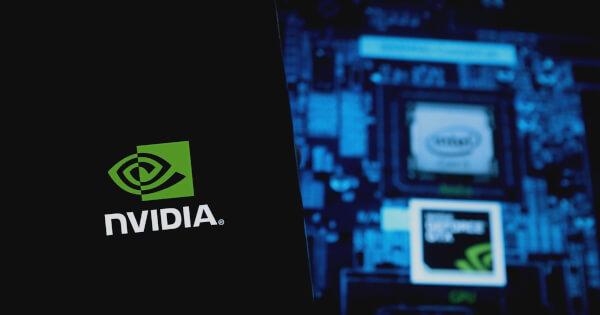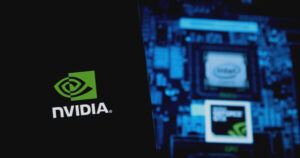Navigating the Future of AI: Security Frameworks for Autonomous Systems
By Rebeca Moen
Published: February 26, 2025, 02:06
The convergence of artificial intelligence and security is more critical than ever as we venture into an era dominated by autonomous systems. With each leap in AI technology, particularly through the development of agentic workflows, we find ourselves not only embracing new possibilities but also confronting unprecedented security challenges. The recent insights from NVIDIA shine a spotlight on these vulnerabilities, underscoring the need for robust security measures in AI applications.

What Are Agentic Workflows?
Agentic workflows represent a transformative approach within AI, whereby multiple models collaborate to tackle complex tasks autonomously, reducing the necessity for human oversight. However, this enhanced level of autonomy comes with its own set of security risks. From NVIDIA’s exploration, we learn that while agentic workflows improve efficiency, they also present potential avenues for exploitation, particularly through methods like prompt injection attacks.
The Risks of Prompt Injection
Prompt injection arises when untrusted or malicious data influences an AI system, leading to manipulated outputs. This security concern is heightened in large language models (LLMs), which serve as the backbone of many autonomous systems. Adversaries can exploit these models either directly—by injecting malicious prompts—or indirectly—by altering the data sources that LLMs rely on for retrieval.
The implications of such vulnerabilities are significant. Direct injection may produce inappropriate or harmful content, while indirect methods can enable adversaries to steer AI behavior through altered inputs. As AI grows more complex, the pathways by which data flows become increasingly difficult to monitor, complicating traditional threat modeling approaches.
Understanding Autonomy Levels
NVIDIA’s framework categorizes AI systems by levels of autonomy, ranging from simple inference APIs to fully autonomous agents. This model is crucial for understanding security dynamics:
-
Level 1 (Deterministic Systems): These systems follow predictable workflows and present lower risks, as their operations can be more easily managed and anticipated.
- Level 3 (Fully Autonomous Systems): Here, AI models can make independent decisions, introducing a web of complexity and security considerations that require far more sophisticated safeguards.
The jump from one level to another isn’t merely a change in function; it signifies a transformational shift in potential vulnerabilities needing attention.
Threat Modeling and Tailored Security Measures
As we assess the risks associated with higher levels of AI autonomy, it’s essential to understand that greater autonomy does not automatically equate to higher risk. However, it does complicate predictability and increases the necessity for advanced security controls.
NVIDIA’s recommendations for security measures are thorough and tailored:
- Level 0 systems necessitate fundamental API security measures.
- Level 3 systems, with their intricate workflows, demand more rigorous approaches—such as taint tracing and obligatory data sanitization—to prevent untrusted data from interfering with sensitive data processing.
Such stratified security layers play a pivotal role in maintaining the integrity of AI operations, particularly as the risk landscape evolves.
Conclusion: A Call for Vigilance in AI Security
NVIDIA’s framework does more than outline the risks associated with agentic workflows; it offers a comprehensive approach for identifying and mitigating these vulnerabilities. As stakeholders within the Extreme Investor Network, we encourage our readers—entrepreneurs, investors, and technology enthusiasts—to recognize the importance of security frameworks in AI development.
In a swiftly changing technological environment, the safety of our AI systems relies on our ability to understand their complexities and threats robustly. Staying informed and proactive is essential for navigating the future of AI and ensuring that these advanced systems serve us securely and ethically.
For additional insights on the evolving landscape of AI and cryptocurrency, stay connected with Extreme Investor Network, where we delve into the forefront of technology and investment strategies.

